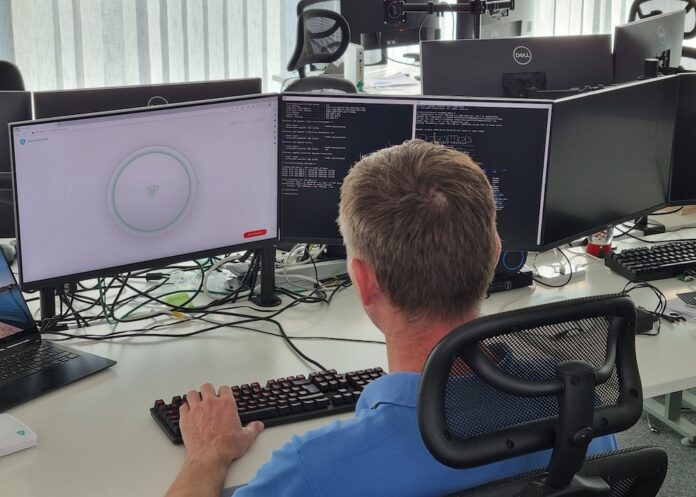
Creates harmony from 5G to fibre, copper to cable
Software vendor Sentinel Holding claims its new unified software invention helps telcos and service providers to work on any device in a customer’s network with any access technologies without fuss or delay. Until now, Sentinel has had to tinker with each network software system to allow customers to use the equipment, because every manufacturer was being awkward and providing a different modus operandum.
It claims it has performed a massive time saving service for the telecoms industry by rectifying one of the great curses of the engineer’s job, pointless over complication. Now it is sharing the labour saving invention with the world. “Users have higher expectations than ever from comms networks and, in many cases, simple connectivity is not enough,” comments Goran Medic, founder and CEO of Sentinel Holding. Software pre-installed on equipment can rarely deliver the performance, security and reliability that people want or expect.
Based on open standards, the Sentinel Open Standards Edge Platform (OSEP) meets the ever-increasing operational and functional requirements of telcos and Internet Service Providers (ISPs). To overcome these challenges Sentinel Holding created software based on Linux distribution, open standards and open-source software. The OSEP platform supports multiple hardware types. Now routers, servers, set-top boxes, mesh devices and telecom terminal handsets can all be managed via the same software, with harmonized, unified system management.
Every access technology, including 5G, cable, copper and fibre, has been conquered to make network optimisation an instant achievement. The blending of multiple devices and multiple access technologies means there’s no vendor lock-in. For engineers, this is brilliant news, said Medic.
“Our approach is to separate the hardware and software and make the whole communications system perform better,” explains Medic. As a result, the elements of a telco’s or ISP’s communications system become modular and easier to change independently and telcos gain the ultimate flexibility. New functions and features, like VPNs and Wi-Fi connectivity can be introduced without the need to replace hardware.


